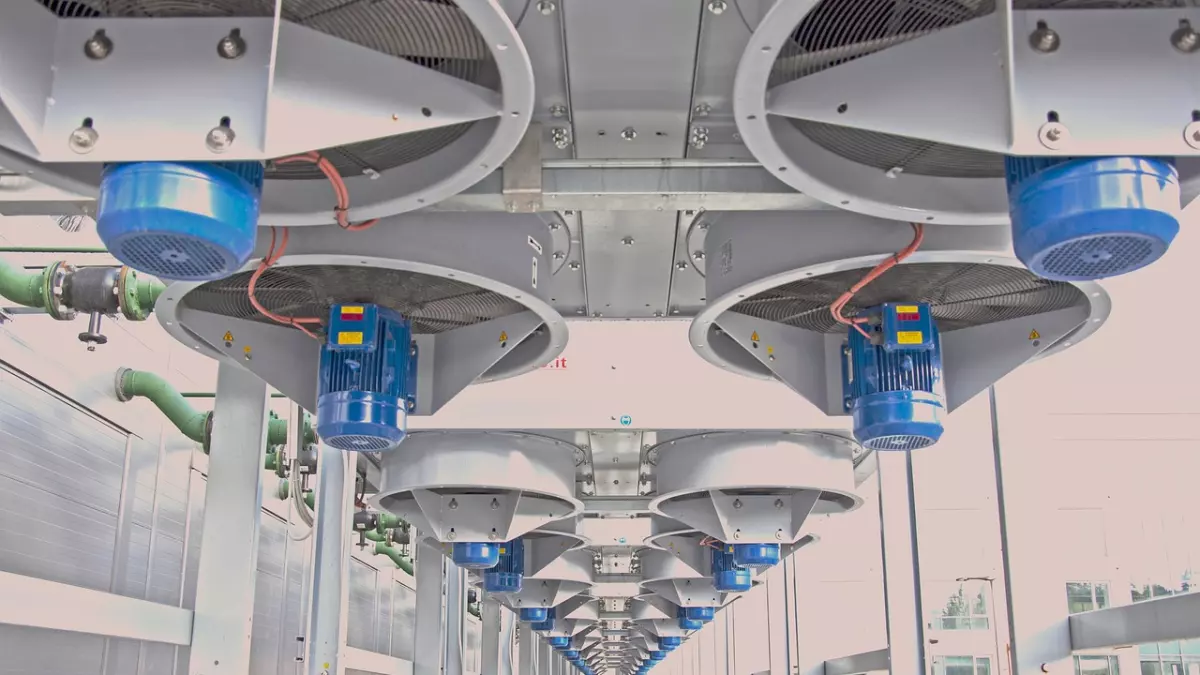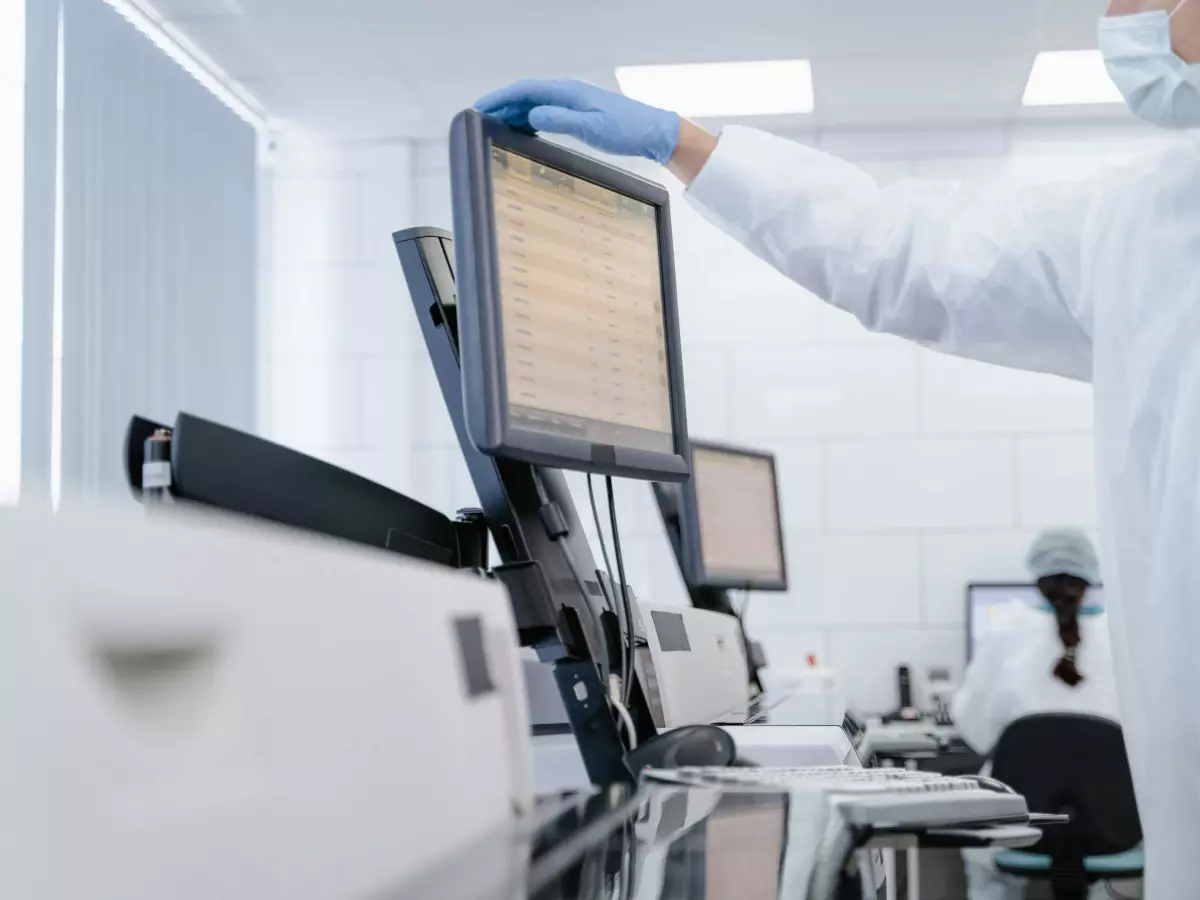Data centers: a power-hungry problem
Can photonic chips really save data centers from their growing energy crisis?

By Marcus Liu
Data centers are the beating heart of the digital world, powering everything from your favorite cat videos to the latest AI breakthroughs. But there's a dark side to all that computing power—data centers are guzzling electricity at an alarming rate. In fact, they’re responsible for around 1% of global energy-related emissions. And if that doesn’t sound bad enough, by 2030, their power demand could increase by a whopping 160%. Yikes.
Enter Lightium, a Swiss startup with a big idea: photonic chips. These next-gen chips could be the key to cutting data center energy consumption while also boosting performance. The company just raised $7 million in seed funding to make this vision a reality. But what exactly are photonic chips, and how can they help?
What are photonic chips?
Let’s break it down. Data centers are essentially large clusters of three main components: Central Processing Units (CPUs), Graphics Processing Units (GPUs), and optical interconnects that transmit data between these processors. These interconnects are typically based on electronic signals, which—surprise, surprise—consume a lot of energy.
Photonic chips, on the other hand, use light (yes, actual light) to transmit data. This not only reduces energy consumption but also speeds up data transmission. Think of it as upgrading from a bicycle to a sports car—except in this case, the sports car is eco-friendly and doesn’t guzzle gas.
Lightium’s photonic chips aim to replace the traditional electronic interconnects, making data centers faster and more energy-efficient. It’s like swapping out your old light bulbs for LEDs, but on a much larger and more impactful scale.
Why does this matter?
With the rise of AI, cloud computing, and big data, the demand for data centers is skyrocketing. But as we’ve already mentioned, this comes with a hefty environmental cost. The more data centers we build, the more energy they consume, and the more emissions they produce. It’s a vicious cycle.
By using photonic chips, data centers could significantly reduce their energy consumption without sacrificing performance. This is a big deal, especially as we move towards a future where AI applications will dominate everything from healthcare to entertainment. In fact, Alibaba Cloud recently revealed a modular data center architecture aimed at improving performance and build times for AI infrastructure. The race to build faster, more efficient data centers is on, and photonic chips could be the game-changer we need.
The road ahead
Of course, Lightium isn’t the only player in this space. Other companies are also exploring ways to make data centers more energy-efficient. But with its fresh $7 million in seed funding, Lightium is well-positioned to lead the charge. The startup plans to use the funds to accelerate the development of its photonic chips and bring them to market.
So, what’s next? If Lightium’s photonic chips can deliver on their promise, we could see a future where data centers are not only faster but also greener. And with the AI boom showing no signs of slowing down, the timing couldn’t be better.
But the clock is ticking. As data centers continue to expand, the need for energy-efficient solutions becomes more urgent. Will photonic chips be the answer? Only time will tell, but one thing’s for sure: the future of data centers is looking a whole lot brighter—literally.
For more on Lightium’s photonic chips and their potential impact on the data center industry, check out the full story on The Next Web.





